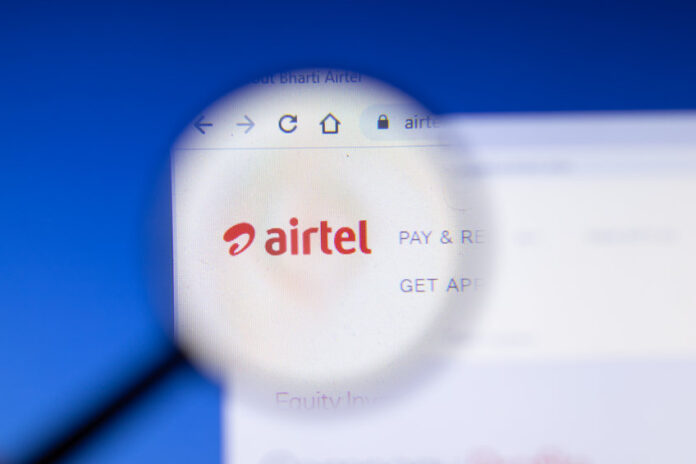Airtel will deploy 100 megahertz of spectrum in both Gujarat and Mumbai, and 50 megahertz each in Andhra Pradesh, Rajasthan, Karnataka and Tamil Nadu
In sum – what you need to know:
New frequencies for 5G spectrum – Bharti Airtel is acquiring 400 megahertz of 26GHz spectrum from Adani Data Networks to expand its 5G footprint.
Targeted spectrum deployment – Airtel will use the newly acquired spectrum to densify coverage in major urban markets, focusing on high-capacity use cases like FWA and enterprise solutions.
Unused spectrum put to work – Originally acquired by Adani for private enterprise networks, the spectrum saw no commercial use and attracted penalties.
Indian telecom operator Bharti Airtel has entered into an agreement to acquire 400 megahertz of spectrum in the 26GHz band from Adani Data Networks, a subsidiary of Adani Enterprises.
The strategic move is part of Airtel’s ongoing efforts to expand and strengthen its 5G service offering across several key regions in India.
In a formal statement, Airtel confirmed that it had signed definitive agreements with Adani Data Networks, granting it the right to use the spectrum across multiple Indian states. The spectrum was originally acquired by Adani Data Networks through a government auction held in 2022.
Under the terms of the deal, Airtel will deploy 100 megahertz of spectrum in both Gujarat and Mumbai, and 50 megahertz each in Andhra Pradesh, Rajasthan, Karnataka and Tamil Nadu.
Bharti Airtel noted that the transaction remains subject to standard closing conditions, including those outlined in India’s spectrum trading guidelines and regulatory approvals from the Department of Telecommunications (DoT). Financial terms of the agreement have not been disclosed.
Adani originally purchased the spectrum with the intention of developing private captive networks for its enterprise operations, which span ports, airports, logistics and energy infrastructure. At the time, the group publicly stated it had no intention of entering the consumer mobile services market. However, despite holding a unified telecom license, Adani Data Networks never launched commercial services.
Its failure to meet the government’s minimum rollout obligations — which require telecom operators to launch services in at least one area per licensed service circle within the first year — led to financial penalties.
In late 2024, Adani communicated to the Telecom Regulatory Authority of India (TRAI) that it had struggled to identify feasible use cases for the limited spectrum it held and was planning to seek an extension from the DoT to comply with rollout requirements.
Bharti Airtel ended last year with a 5G subscriber base of 120 million as it continued expanding its network coverage.
During a recent earnings call, Bharti Airtel’s vice chairman and managing director, Gopal Vittal confirmed that Airtel has ceased investing in 4G capacity and is now fully focused on expanding its 5G network.
In November 2024, Nokia had secured a multi-year extension deal from Bharti Airtel to deploy 4G and 5G equipment across key Indian cities and states
Under the terms of this previous deal, Nokia will deploy equipment from its 5G AirScale portfolio including base stations, baseband units and the latest generation of Massive MIMO radios, all powered by its ReefShark System-on-Chip technology.
Airtel is currently using equipment from Ericsson, Nokia and Samsung to provide 5G services.
Bharti Airtel previously confirmed that it has started re-farming its existing mid-band spectrum with the main aim of accommodating the growing traffic demand on its 5G network. To accommodate the growing number of customers migrating to its 5G network, Airtel said it is in the process of re-farming its mid-band spectrum to expand 5G services on its 1.8 GHz, 2.1 GHz and 2.3 GHz bands across India.
India had 469,000 5G base stations at the end of February, according to the latest available figures from the country’s Ministry of Communications. The ministry said the number of active 5G subscribers in the country surpassed 250 million in the period — in less than two and a half years since 5G was commercially launched.
It said 5G coverage now extends to all states and 99.6% of districts nationwide.

